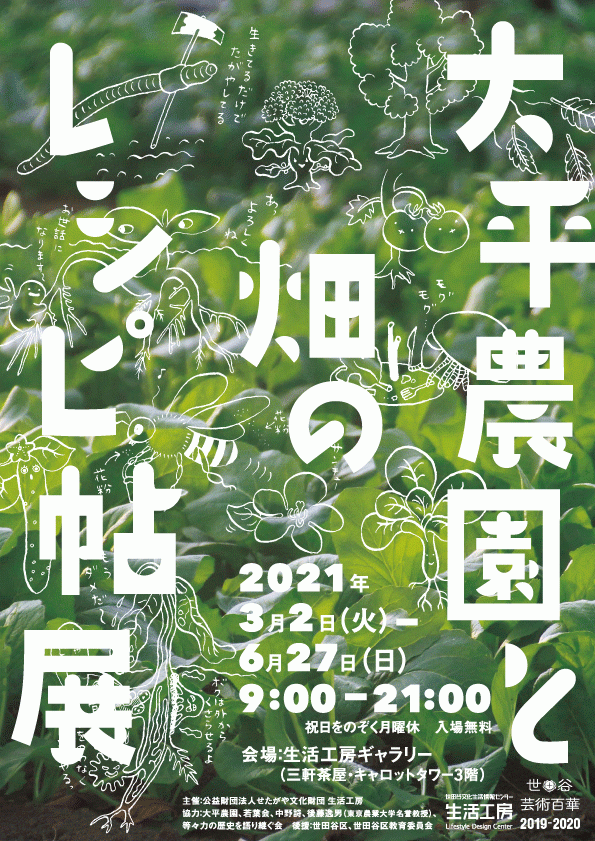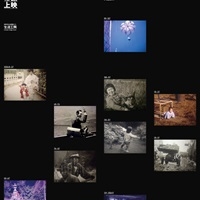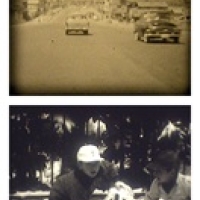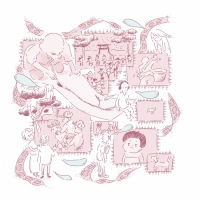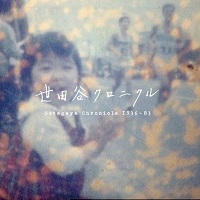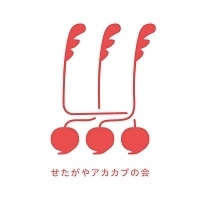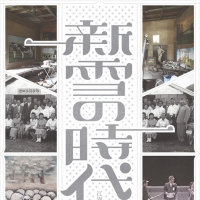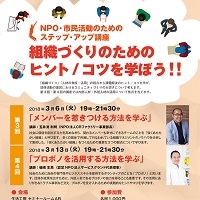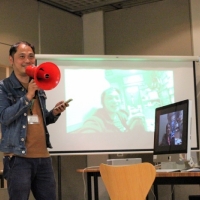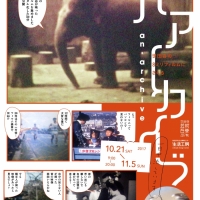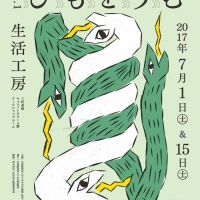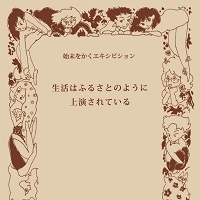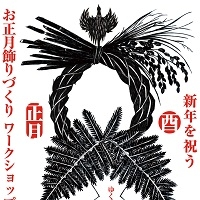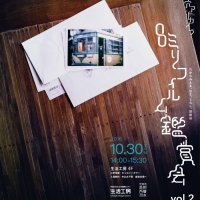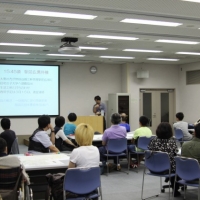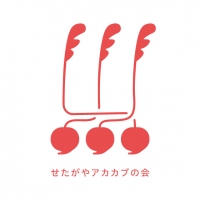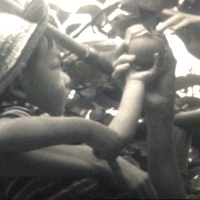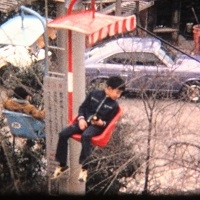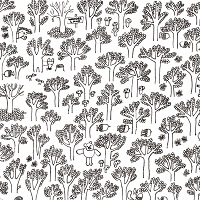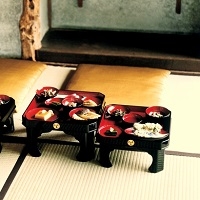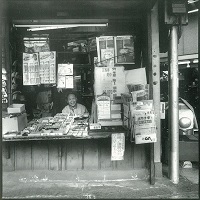明治時代、小説家の徳冨蘆花が「農的生活」を求めて世田谷に移り住んだように、戦前までの世田谷は田畑が広がり、多くの人々が農業を生業としていました。近代化・都市化が進み住宅街となった世田谷ですが、今も練馬区に次ぐ広さの農地があります。そしてその畑には数多のいきものが生息し、地域の環境を支えています。
世田谷区等々力に400年続く大平農園は、昭和20年代に当時珍しいハウス栽培をいち早く導入するなど、近代農業を先駆する存在でした。しかし、それゆえに起きた農薬の健康被害、11代目大平博四氏による農薬・化学肥料を使わない農法への大転換、生産緑地としての農地存続など、その歴史には、近代の都市農業のたどってきた道が記されています。
本展では、大平農園や地域の農業の歴史をパネル等で展示し、畑の土壌の微生物・野菜・動物・人間の円環を、楽しいイラストから学びます。また大平農園と志をともにする他県の農家、それを支持する消費者からなる「若葉会」から、つながりの中に育まれた、旬の野菜を長くおいしく楽しむ知恵も紹介します。
土の中の出来事と今日のあなたの食卓、それが地続きであることを知るための展覧会です。

10代目の大平信彌氏 所蔵:世田谷区郷土資料館

いまは住宅街となった一角に畑がある

畑の小松菜
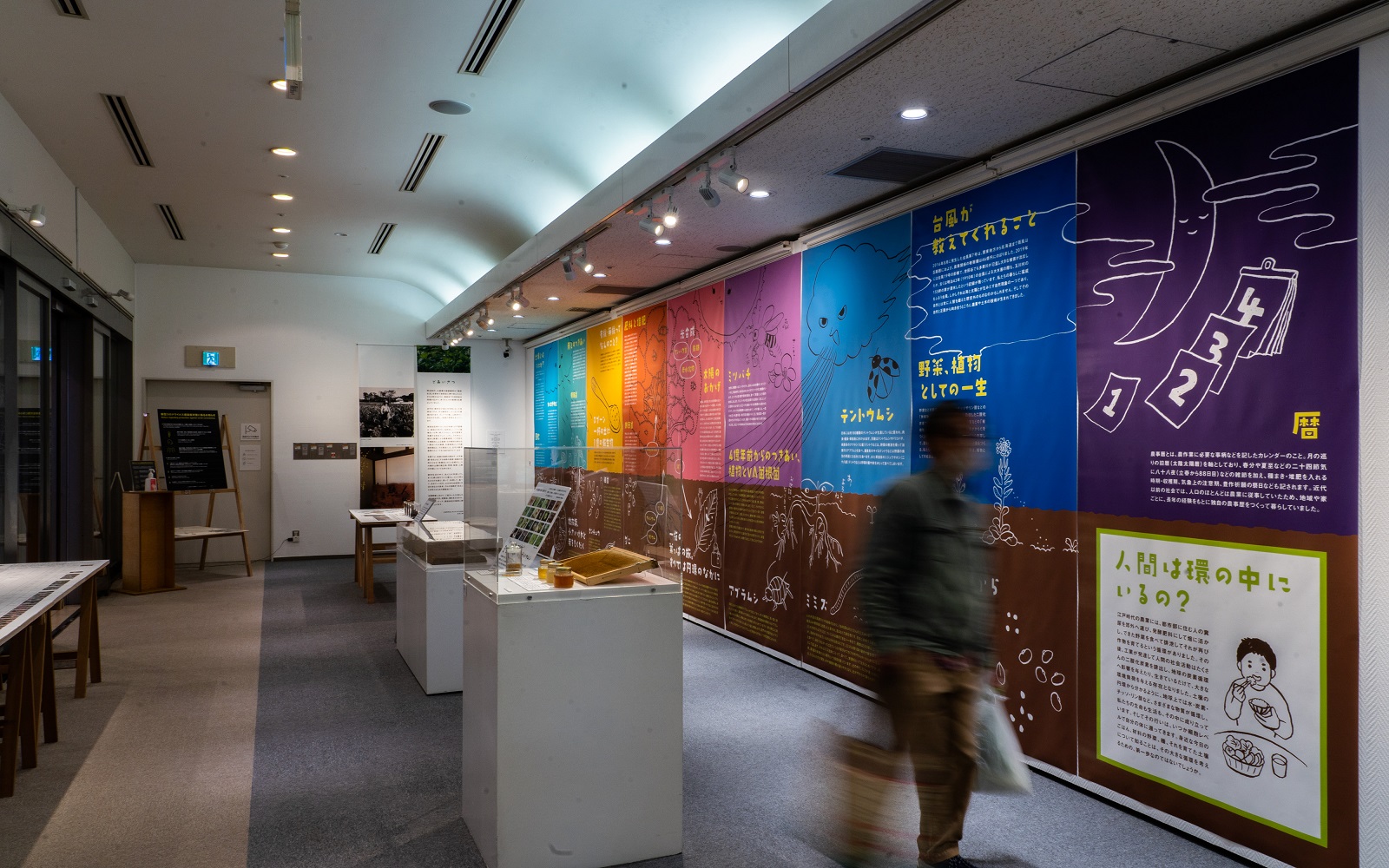
撮影:矢郷桃
In the early 20th century, novelist Roka Tokutomi moved to Setagaya in search for a farming life. Until World War II, Setagaya was covered with fields, and many people made a living by farming. Although Setagaya has become residential with modernization and urbanization, it still has the second largest farmland among Tokyo’s 23 cities after Nerima. The fields in Setagaya provide habitat for many living organisms that support the local environment.
Ohira-Noen, which has been in Todoroki, Setagaya for 400 years, is a pioneer of modern agriculture, being one of the first to introduce greenhouse cultivation after the war. As modern urban agriculture evolved, the farm saw the health impacts of agricultural chemicals and shifted towards not using agricultural chemicals and chemical fertilizers under Hiroshi Ohira, the 11th head of Ohira-Noen, and has remained a designated “productive green area.” This exhibition explains the history of Ohira-Noen and of local agriculture. Learn about the cycle of microorganisms in the soil of the fields, vegetables, animals, and humans through fun illustrations. Wakaba-Kai, a group of farmers from other prefectures who share the same aspirations as Ohira-Noen and consumers who support them, introduce ways to enjoy seasonal vegetables.
This is an exhibition aimed at understanding the connection of events revolving soil and people’s modern daily diet.
